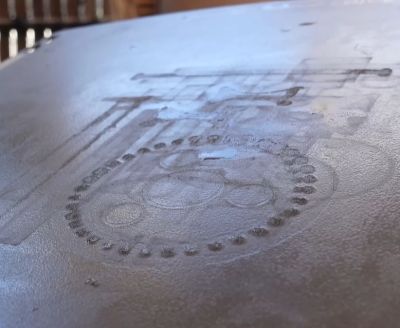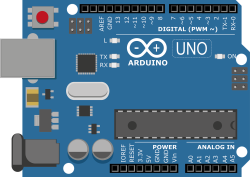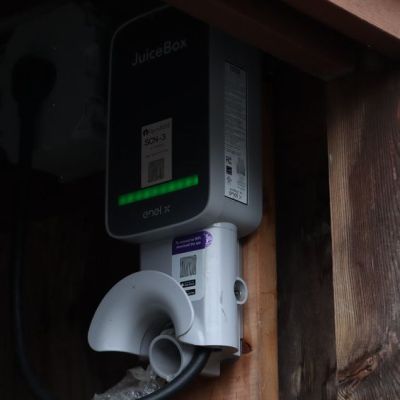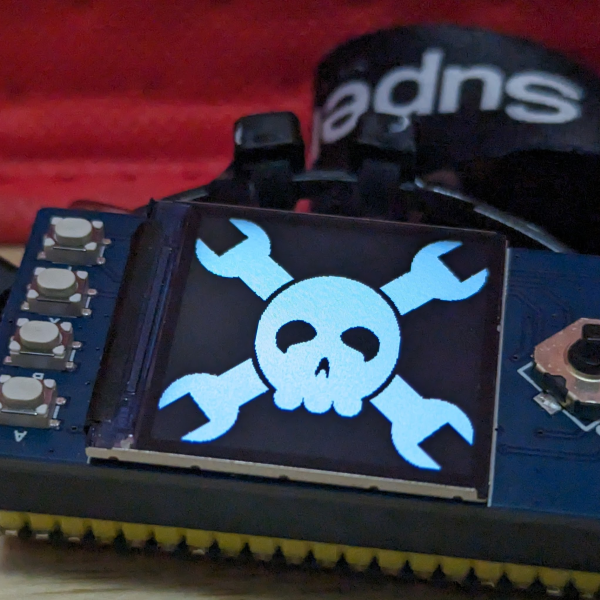There’s a dizzying number of specialist 3D printing materials out there, some of which do try to offer an alternative to PLA, PA6, ABS, etc., while others are happy to stay in their own niche. Polyvinylidene fluoride (PVDF) is one of these materials, with the [My Tech Fun] YouTube channel recently getting sent a spool of PVDF for testing, which retails for a cool $188.

Reading the specifications and datasheet for the filament over at the manufacturer’s website it’s pretty clear what the selling points are for this material are. For the chemists in the audience the addition of fluoride is probably a dead giveaway, as fluoride bonds in a material tend to be very stable. Hence PVDF ((C2H2F2)n) sees use in applications where strong resistance to aggressive chemicals as well as hydrolysis are a requirement, not to mention no hygroscopic inclinations, somewhat like PTFE and kin.
In the video’s mechanical testing it was therefore unsurprising that other than abrasion resistance it’s overall worse and more brittle than PA6 (nylon). It was also found that printing this material with two different FDM printers with the required bed temperature of 110°C was somewhat rough, with some warping and a wrecked engineering build plate in the Bambu Lab printer due to what appears to be an interaction with the usual glue stick material. Once you get the print settings dialed in it’s not too complicated, but it’s definitely not a filament for casual use.
Continue reading “PVDF: The Specialized Filament For Chemical And Moisture Resistance”




















